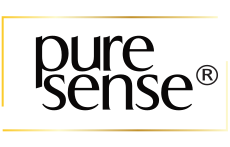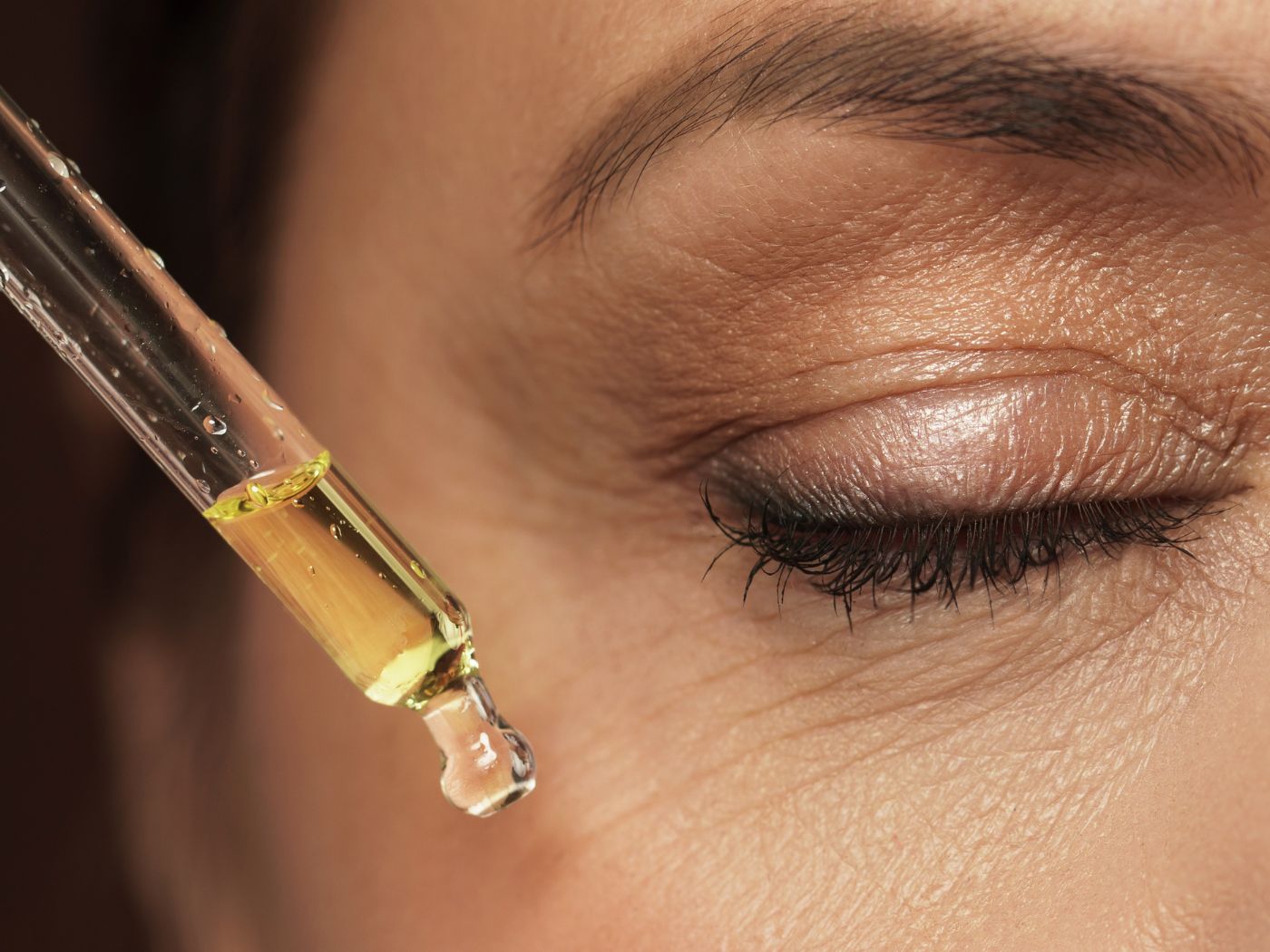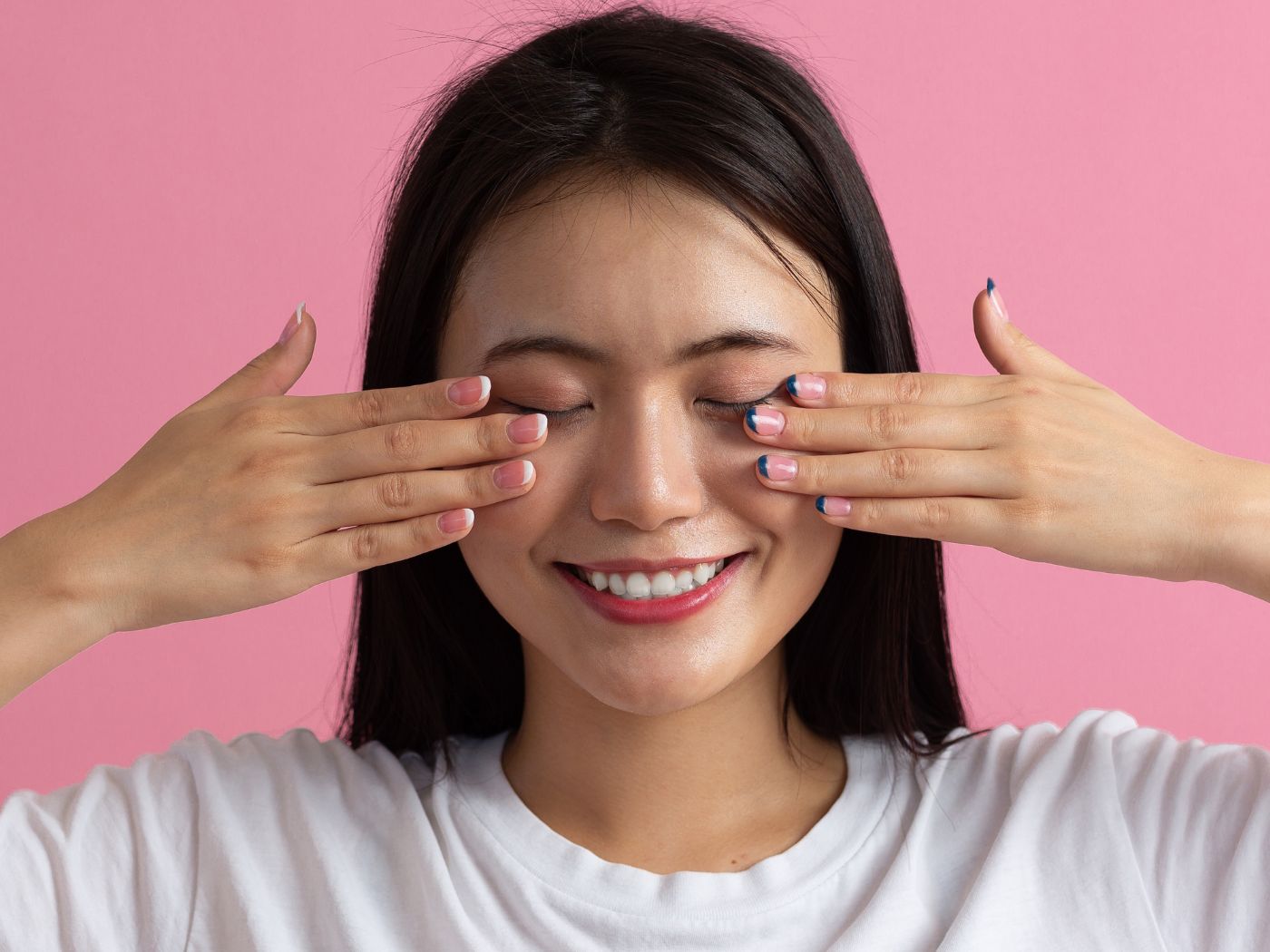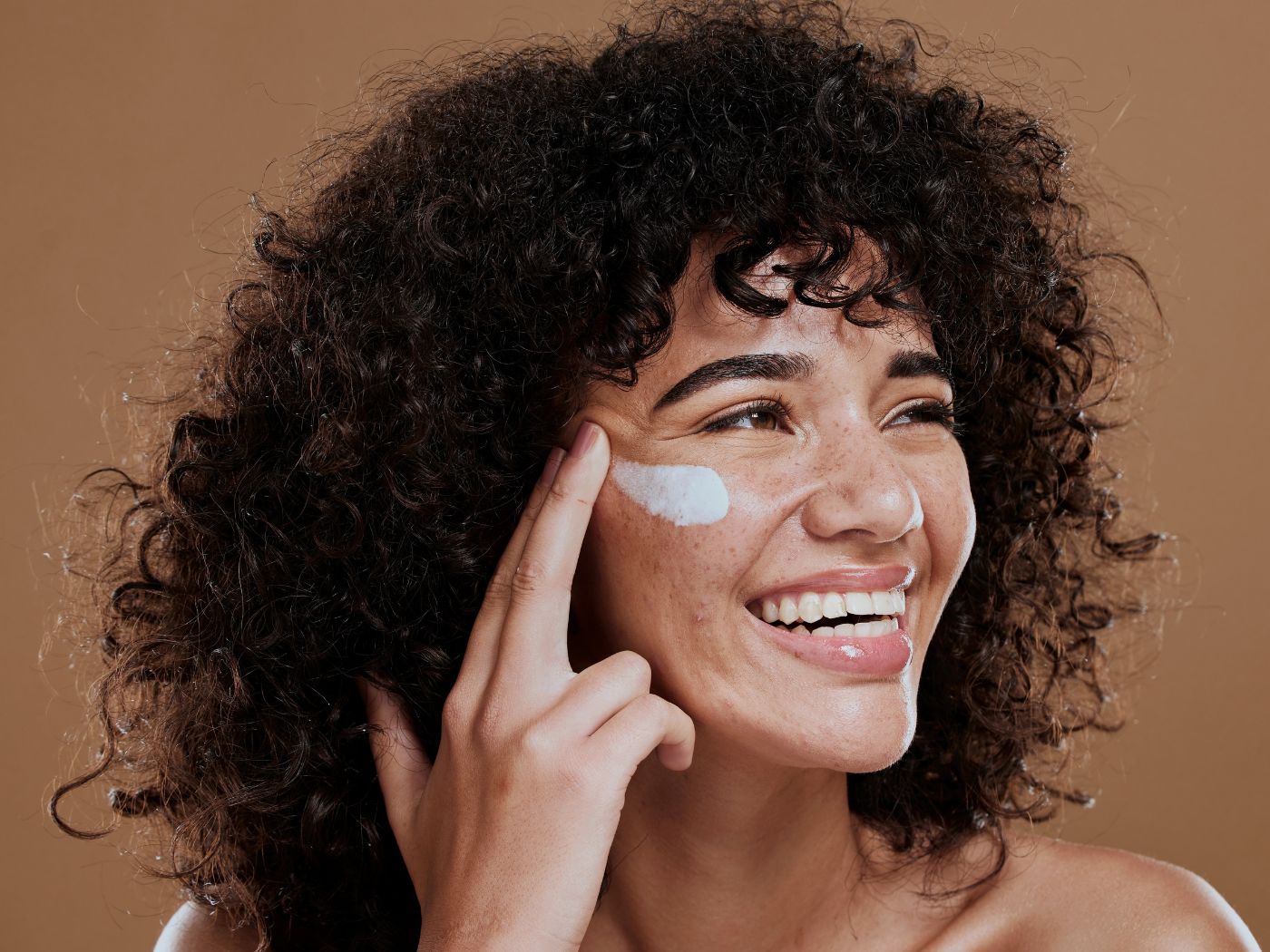There has been a lot of confusion relating to the difference between AHA and BHA. While both of these ingredients are good for skin care, they work differently on the skin and have different advantages. Today, we will talk about the differences and AHA and BHA benefits and understand the composition of both. So let’s get right into it, shall we?
-
What Is AHA?
-
What Is BHA?
-
Difference Between AHA And BHA
-
10 AHA And BHA Benefits
-
Conclusion
-
FAQs on AHA vs BHA
What Is AHA?

AHA stands for alpha-hydroxy acid, which is a group of water-soluble acids that are commonly used in skincare products to exfoliate the skin. AHAs are derived from fruits and milk and include glycolic acid (derived from sugar cane), lactic acid (derived from milk), malic acid (derived from apples), and citric acid (derived from citrus fruits).
AHAs work by breaking down the bonds between dead skin cells, allowing them to be removed from the surface of the skin. This exfoliating action can help to improve skin texture, reduce the appearance of fine lines and wrinkles, and even out skin tone.
In addition to their exfoliating properties, AHAs can also help to boost collagen production in the skin, which can improve skin elasticity and firmness. However, AHAs can be irritating to some people, particularly those with sensitive skin, and it's important to use them in moderation and follow the instructions on the product label.
What Is BHA?

BHA stands for beta-hydroxy acid, which is a type of chemical exfoliant commonly used in skincare products. The most common BHA used in skincare is salicylic acid, which is derived from willow bark.
BHA is oil-soluble, which means it can penetrate deep into the pores and dissolve excess oil and dead skin cells. This makes it an effective treatment for acne-prone skin, as it can help to unclog pores and prevent the formation of new acne lesions.
In addition to its exfoliating properties, BHA also has anti-inflammatory and antibacterial properties, which can help to reduce redness and inflammation associated with acne.
BHA is generally well-tolerated by most skin types, including sensitive skin, but it's important to use it in moderation and follow the instructions on the product label. Overuse of BHA can lead to dryness and irritation of the skin, so it's important to start with a lower concentration and gradually increase the frequency of use as your skin adjusts.
Difference Between AHA And BHA

The main difference between AHA and BHA is in their chemical composition and their ability to penetrate the skin.
AHA, which stands for alpha-hydroxy acid, is a water-soluble acid that primarily exfoliates the surface of the skin. It works by breaking down the bonds between dead skin cells, allowing them to be removed from the surface of the skin. AHAs are best suited for treating skin concerns like uneven texture, fine lines, and hyperpigmentation, and are typically derived from fruits and milk. Common AHAs include glycolic acid and lactic acid.
BHA, on the other hand, stands for beta-hydroxy acid and is oil-soluble, which means it can penetrate deep into the pores and dissolve excess oil and dead skin cells. BHA is primarily used to treat acne-prone skin, as it can help to unclog pores and prevent the formation of new acne lesions. The most common BHA used in skincare is salicylic acid, which is derived from willow bark.
While both AHA and BHA can exfoliate the skin and improve its appearance, their different chemical compositions and modes of action make them better suited for different skin concerns. AHA is best for treating surface-level concerns like uneven texture and hyperpigmentation, while BHA is better suited for treating acne-prone skin and unclogging pores.
10 AHA And BHA Benefits
Both AHA and BHA offer a range of benefits for the skin, including:
AHA benefits:
- Exfoliates dead skin cells from the surface of the skin, revealing brighter, smoother skin
- Helps to even out skin tone and fade dark spots and hyperpigmentation
- Boosts collagen production, improving the skin's elasticity and firmness
- Can help to reduce the appearance of fine lines and wrinkles
- Provides a gentle, non-abrasive way to exfoliate the skin
BHA benefits:
- Penetrates deep into the pores to unclog them and remove excess oil and dead skin cells
- Helps to reduce the formation of new acne lesions
- Can help to reduce the appearance of pores
- Provides an anti-inflammatory and antibacterial effect, which can help to reduce redness and inflammation associated with acne
- Suitable for oily and acne-prone skin types
When used correctly and in the right concentration, both AHA and BHA can be effective at improving the appearance and health of the skin. However, it's important to start with a low concentration and gradually increase use over time to avoid irritation or sensitivity. It's also important to always use sunscreen when using products containing AHAs or BHAs, as they can increase skin sensitivity to the sun.
You can also try Pure Sense Hydrating Sheet Mask with Hyaluronic acid to hydrate and refresh your skin. Moreover, as it is completely natural, it will not cause any harm to your skin and will naturally treat and heal your skin.
Conclusion
We hope now you know everything there is to know about AHAs and BHAs including their differences and benefits. Knowing how an ingredient works is vital to use it properly in a skincare routine.
FAQs on AHA vs BHA
-
Is AHA or BHA better for hyperpigmentation?
AHA is generally considered better for treating hyperpigmentation than BHA. This is because AHAs work primarily on the surface of the skin, helping to exfoliate away dead skin cells and reveal brighter, more even-toned skin. AHAs can be particularly effective at treating hyperpigmentation caused by sun damage or ageing. BHA, on the other hand, primarily works within the pores to remove excess oil and dead skin cells. While BHA can still help to improve skin texture and tone, it may not be as effective as AHA at treating hyperpigmentation specifically.
-
Is it okay to use BHA and AHA every day?
It is generally not recommended to use BHA and AHA exfoliants every day, as overuse can lead to irritation, dryness, and sensitivity. It's important to start with a low concentration and gradually increase use over time, allowing your skin to adjust to the exfoliating effects.
For AHAs, it is generally recommended to use them 2-3 times per week, depending on your skin type and the concentration of the product. Overuse of AHAs can lead to dryness, redness, and sensitivity, so it's important to listen to your skin and adjust your use accordingly. For BHAs, it is generally recommended to use them 1-2 times per day, depending on the concentration of the product and your skin type.
-
Should I use AHA or BHA for oily skin?
BHA is generally considered better for oily skin, as it has oil-soluble properties that allow it to penetrate deep into the pores and remove excess oil and dead skin cells that can lead to acne and blackheads. BHA is particularly effective at treating oily skin, as it helps to regulate sebum production and reduce the appearance of pores.
While AHA can also be beneficial for oily skin, it primarily works on the surface of the skin to exfoliate away dead skin cells and reveal brighter smoother skin. AHAs can be particularly effective for oily skin types that are prone to dullness and uneven texture.







